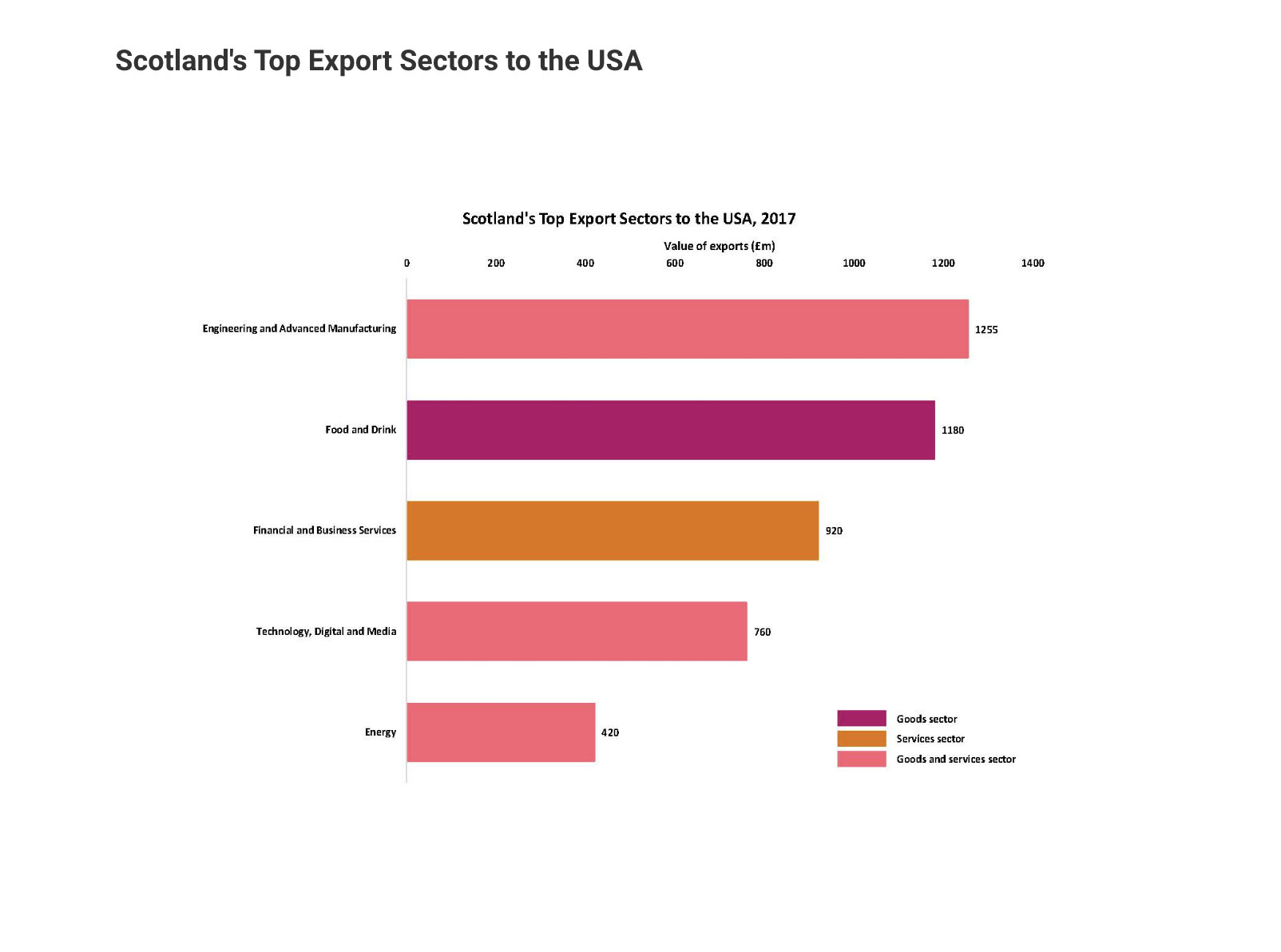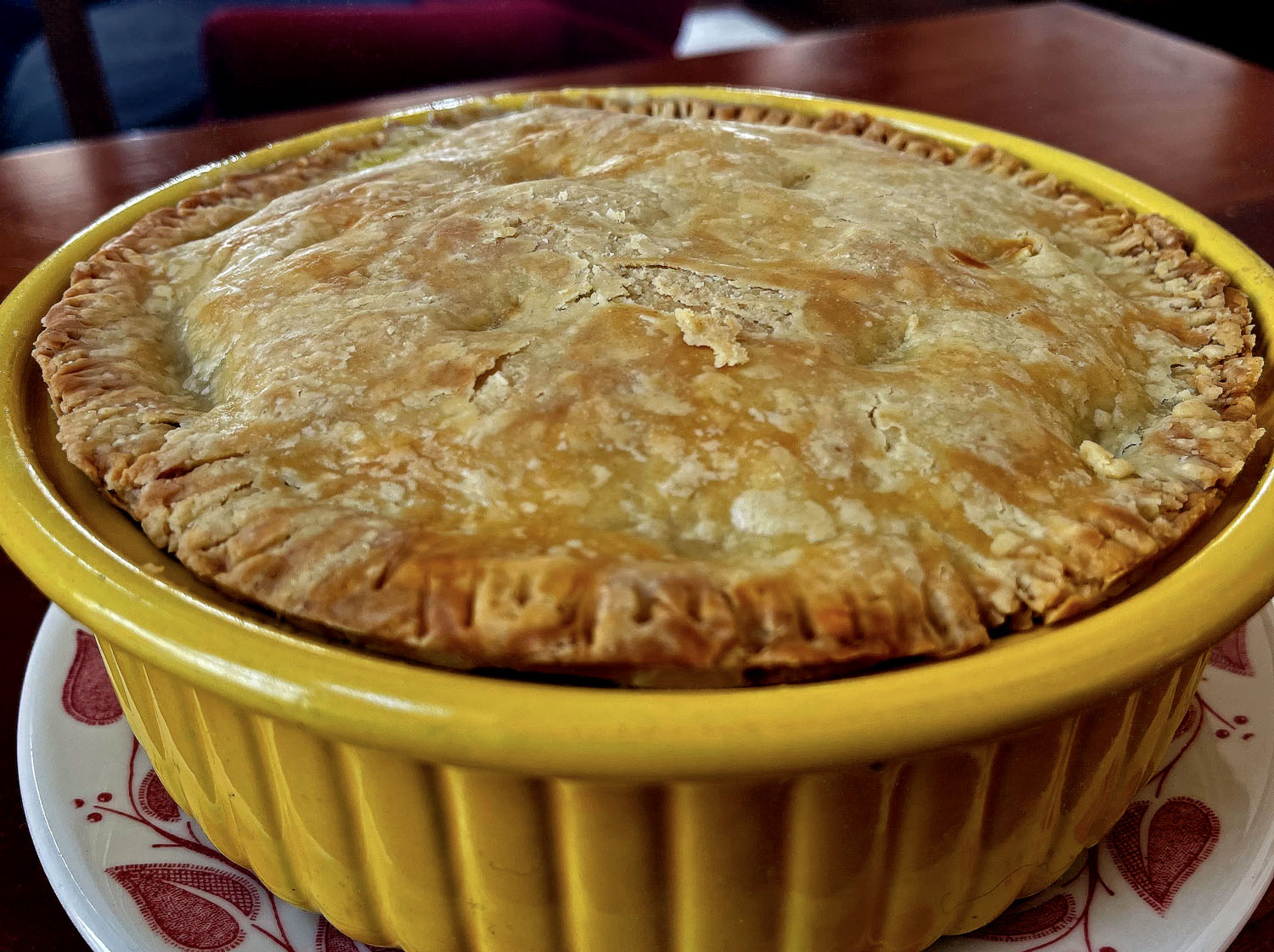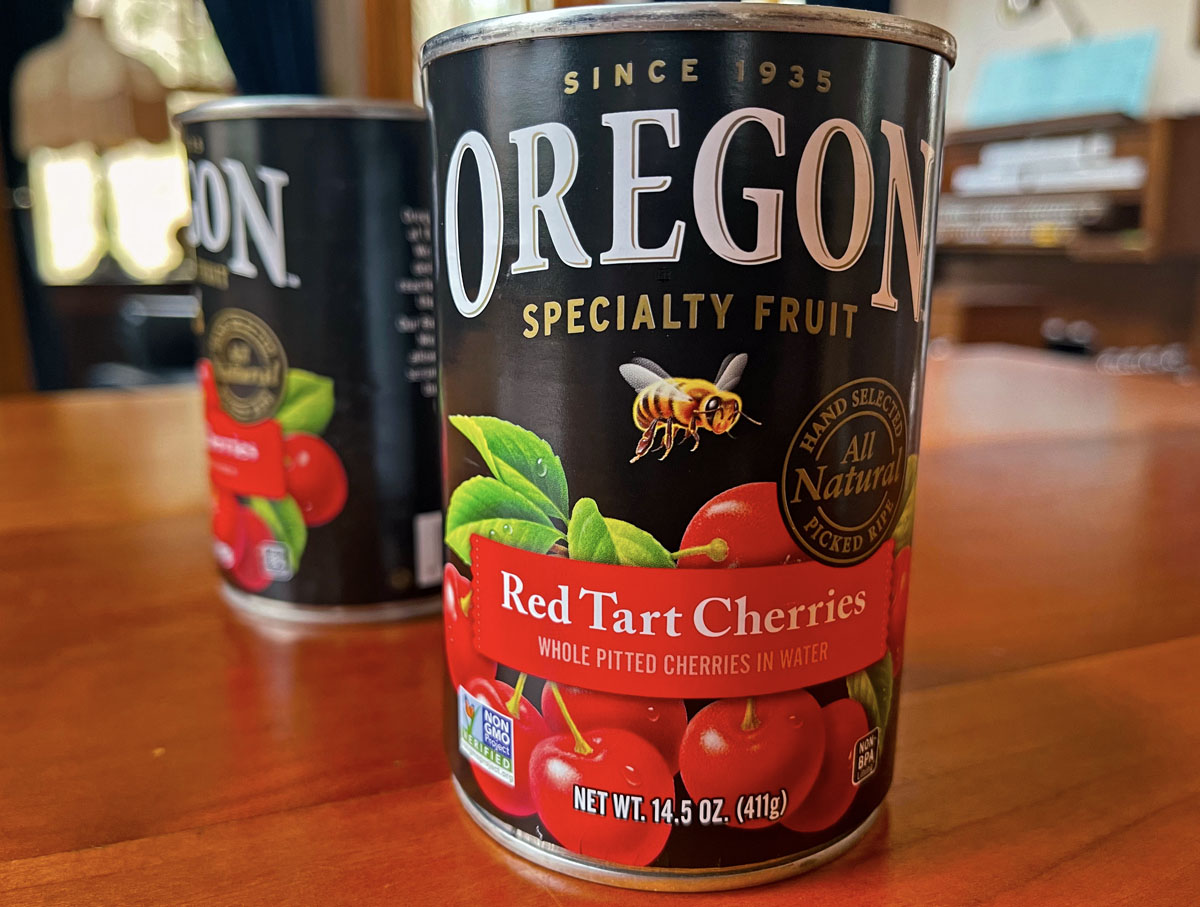
It’s easy to see what right-wingers are up to here. They want a lower court decision that they can take to the U.S. Supreme Court so that the Supreme Court can change the legal standard used in libel cases, thereby clamping down on the First Amendment. Then, as the right-wing mind sees it, right-wing politicians would be able to sue the pants off the liberal media every other day and win. As they see it, right-wing propagandists with their right-wing alternate reality would then have complete control of the media landscape, and the liberal media would be intimidated into kissing the behinds of lying right-wing politicians even more than they already do. But they are delusional.
This subject may seem a little dull for those who — unlike me — didn’t spend their career inside newspaper newsrooms. But this is very important, and we all need to pay attention as it plays out. There’s a good chance that the Supreme Court may give them what they want.
First, I’d suggest reading a piece in today’s Washington Post. A law professor from the University of Chicago writes about a movement that supports undoing the 1964 libel case that set the legal standard used in deciding libel cases. The piece is “Is the legal standard for libel outdated? Sarah Palin could help answer.”
It’s important to keep in mind that the legal standard of “actual malice” in New York Times v. Sullivan applies only to public figures. Because of New York Times v. Sullivan, it is much more difficult to win a libel case against a public figure than against a person who stays at home and minds his own business. (All politicians are public figures.) The idea behind this standard, especially in light of the First Amendment, is that in the United States we want — and that the Founding Fathers intended — an open and robust public discussion of public affairs, with no one able to restrict what others say or intimidate others into silence on matters of public importance. The reason Fox News wasn’t sued into the dirt twenty years ago for its constant lies and defamations is — you guessed it — New York Times v. Sullivan. We tolerated the lies, slanders, and alternate reality of Fox News on account of a matter of principle as well as settled law — the open and robust discussion of public affairs.
But, as in all things, right-wingers are delusional. If the Supreme Court makes it easier for politicians to win libel suits against the news media, then right-wing politicians may occasionally win one, because the responsible media do sometimes make mistakes. But it is the right-wing media that lie and slander constantly, intentionally, and with impunity under New York Times v. Sullivan. With the “actual malice” standard gone, the only standards remaining would be truth and proof of harm. Right-wingers seem to believe their own lies. They also seem to believe the lies they tell about Democrats and liberals. So they are blind to what would happen, simply because courts — unlike right-wing minds — are able to sort out truth from lies. That’s why right-wingers got laughed out of court after court with their lawsuits claiming that Biden stole the 2020 election. If New York Times v. Sullivan goes down, try accusing Hillary Clinton of eating children and see what happens.
For all I know, there may be some reasonable arguments in favor of a new American standard of libel against public figures. But if that standard changes, we’d better look out for the consequences — a tsunami of lawsuits that would throw the American media landscape into chaos and put many financially marginal news operations (and bloggers!) out of business. Only rich news organizations such as the New York Times and the Washington Post would be able to afford to defend themselves against malicious lawsuits, and even they would be confused and cowed. The use of the word “malice” in New York Times v. Sullivan is ironic, because overturning the “actual malice” standard would clog the courts with malicious lawsuits against the media.
But the first victims of the chaos, and the first media operations to go down in flames, simply because their entire operations are based on lies and defamation, would be Fox News and the lesser network of right-wing propaganda operations.
Part of what is so dangerous and disgusting about the right-wing mind (Trump is a prime example) is that they see themselves as above the law. For them, as in the places they admire such as Russia and Hungary, the law is a tool to be used against their political enemies. That is their intent here, and they’ve been working at it for years. But abusing the courts is not yet possible in the United States. Our courts still function in spite of (as in responsible newsrooms) occasional errors.
If the Supreme Court changes the legal standard in libel cases, then right-wing know-nothings had better brace themselves for the mother of all blowbacks and a nuclear-scale backfire straight into their miserable faces. Those of us who care about truth and fairness would finally have a way of making them pay for their lies by sueing them into the dirt.
Update: Andrew Rice, in New York magazine, makes the same case as I make here: If Sarah Palin Wins, Fox News Could Lose. I would add to that, though, that losing and appealing the case to the Supreme Court may be the plan.
















